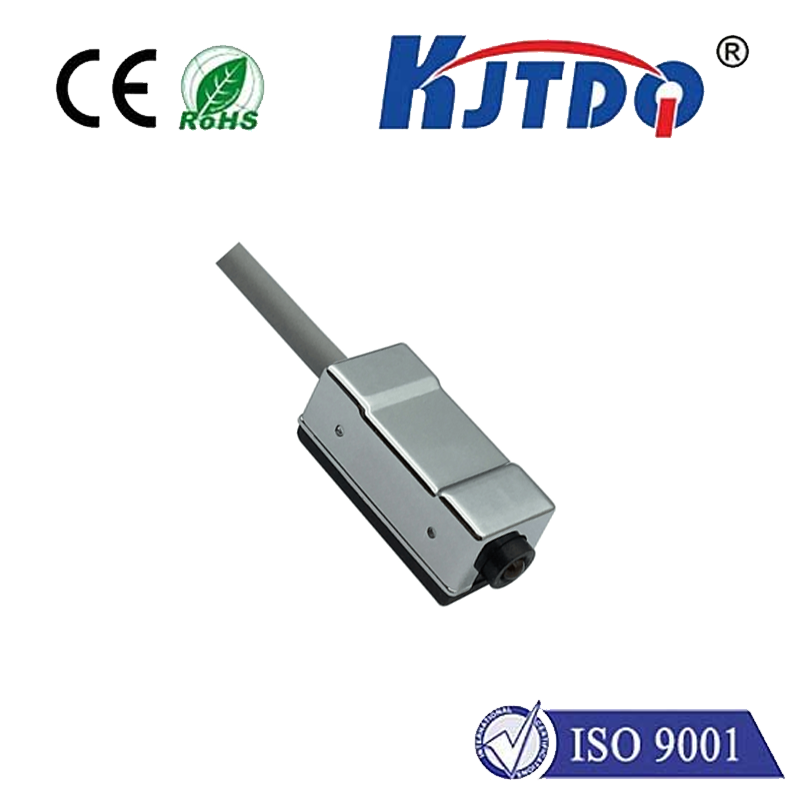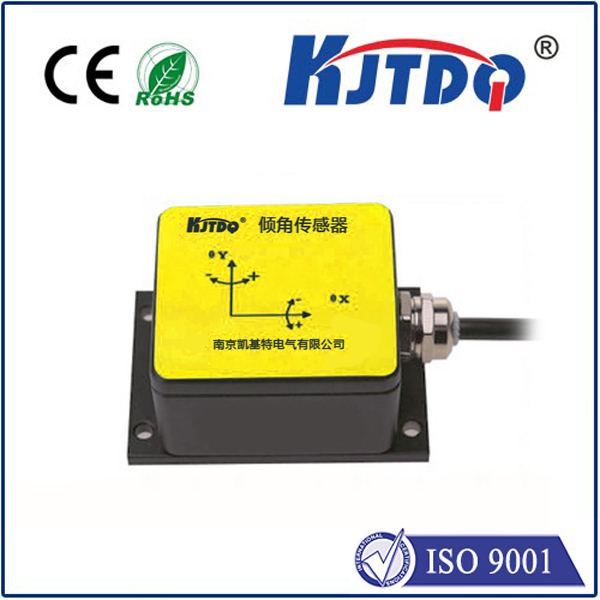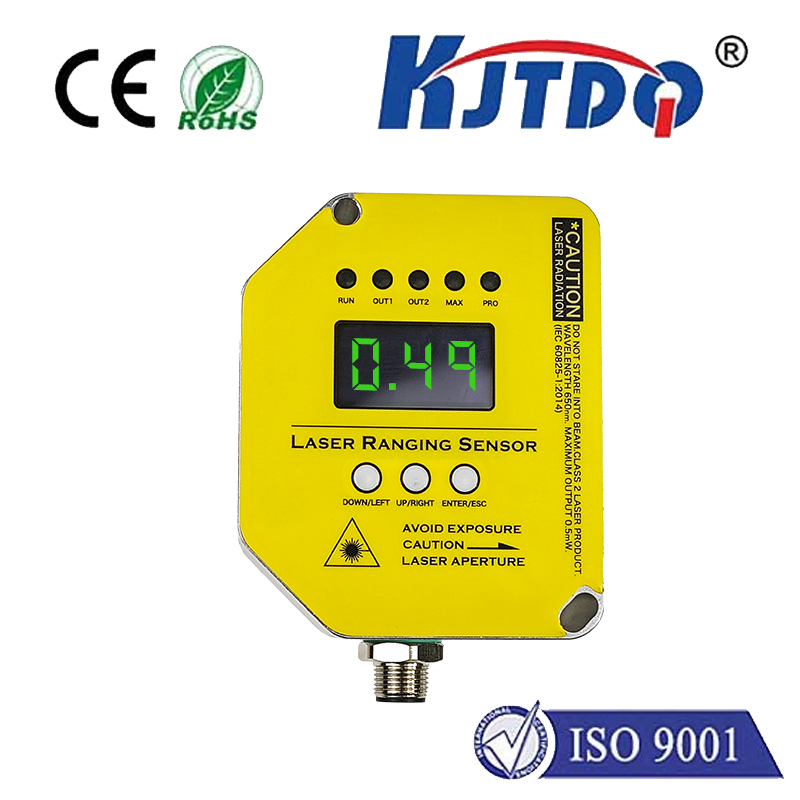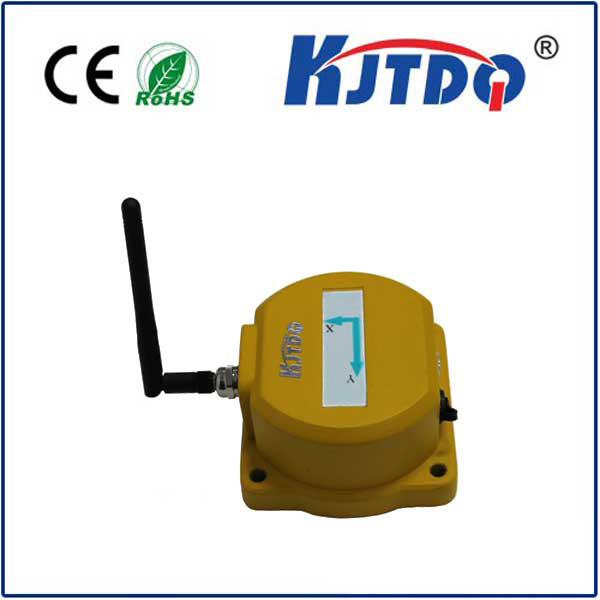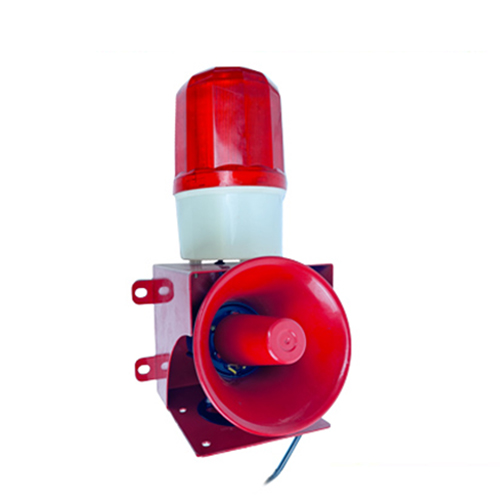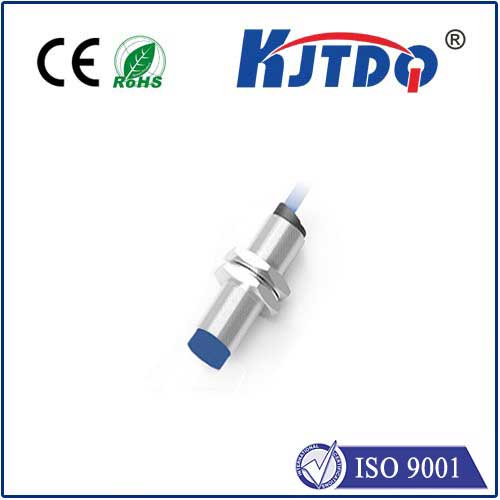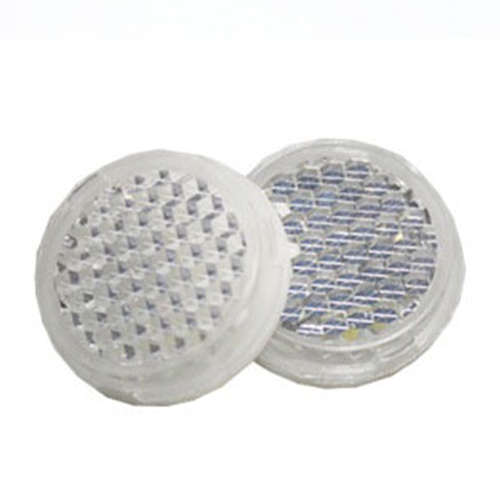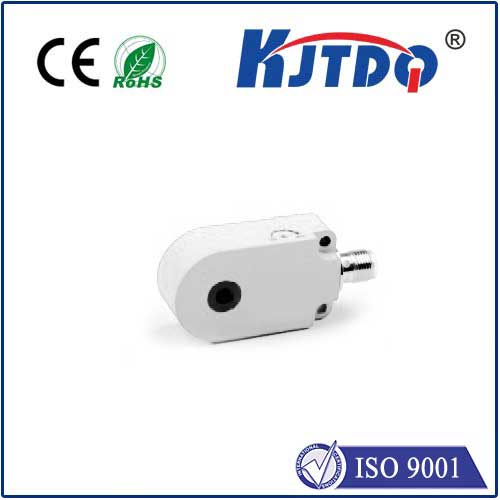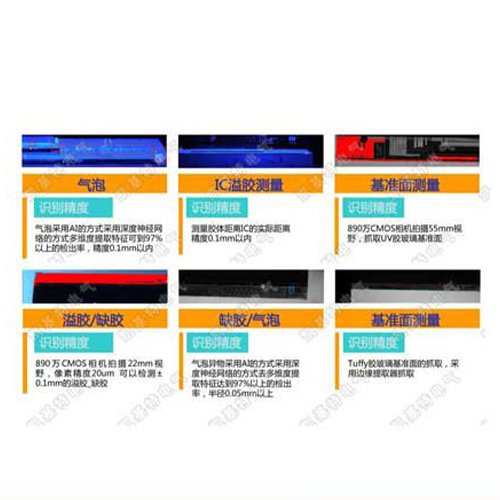proximity sensor vibration measurement
- time:2025-07-16 08:26:10
- Click:0
Beyond Presence Detection: Measuring Vibrations with Proximity Sensors
Imagine a critical pump humming in an industrial plant. It seems fine – but unseen vibrations inside are steadily grinding components towards failure. Unplanned downtime is a costly nightmare. While proximity sensors are famed for detecting presence or absence of objects, their ability to precisely measure minute vibrations unlocks a powerful tool for predictive maintenance and machine health monitoring. This article delves into the how and why of using proximity sensors for vibration measurement.
Why Measure Vibration? The Silent Saboteur
Vibration is a fundamental indicator of machinery health. Excessive or abnormal vibrations signal potential problems like:
- Imbalance: Uneven weight distribution in rotating parts.
- Misalignment: Shafts or couplings not properly aligned.
- Bearing Wear: Deterioration of rolling elements or races.
- Looseness: Loose bolts, foundations, or components.
- Resonance: Operating speed matching a natural frequency.
Left unchecked, these issues escalate, leading to catastrophic failure, costly repairs, production halts, and even safety hazards. Early detection through vibration analysis is key to avoiding these scenarios.
The Traditional Approach and Its Limits
Vibration analysis typically relies on dedicated accelerometers. These contact-based sensors are highly accurate and provide rich spectral data. However, they have drawbacks:
- Physical Mounting: Require drilling, tapping, or adhesives, which isn’t always feasible or desirable (e.g., high-temperature zones, ultra-clean environments).
- Mass Loading: The sensor adds mass to the structure, potentially altering its vibration characteristics (especially on lightweight components).
- Intrusiveness: Installation can be time-consuming and may require process shutdown.
- Cost: High-precision accelerometers and associated data acquisition systems can be expensive.
Enter the Proximity Sensor: A Non-Contact Solution
Proximity sensors (primarily inductive or capacitive types) excel at detecting the distance or displacement of a metallic or non-metallic target, respectively, without physical contact. This non-contact nature is precisely what makes them surprisingly adept at certain vibration measurement tasks. Instead of measuring acceleration like an accelerometer, they measure displacement relative to the sensor face.
How Proximity Sensors Measure Vibration
Here’s the underlying principle:
- Establish a Gap: The sensor is mounted rigidly near the target surface (e.g., a shaft or bearing housing) with a specific air gap (e.g., 1mm).
- Monitor Displacement: As the target vibrates, its distance from the sensor face fluctuates rapidly.
- Output Signal Modulation: The sensor’s internal oscillator generates a high-frequency electromagnetic field. Target movement disrupts this field. The strength of the disruption directly correlates to the distance change (displacement). This change modulates the sensor’s output signal (analog voltage or current).
- Signal Interpretation: By analyzing the modulation of this output signal over time – its amplitude and frequency – you can derive vibration characteristics:
- Vibration Amplitude: The peak-to-peak variation in the output signal corresponds directly to displacement amplitude.
- Vibration Frequency: The rate at which the output signal oscillates reveals the vibration frequency.
Key Advantages of Proximity Sensor Vibration Measurement
- Non-Contact: Eliminates mass-loading effects and allows measurement on delicate, hot, rotating, or hard-to-access components without modification.
- Relative Displacement: Directly measures the critical parameter of displacement relative to a fixed reference point (the sensor mount), essential for monitoring shaft position within bearings (e.g., shaft displacement or eccentricity).
- Robustness: Industrial inductive proximity sensors are often highly rugged, resistant to harsh environments (oil, coolant, dust), and operate reliably over wide temperature ranges.
- Lower Cost & Simplicity: Proximity sensors are generally more affordable than sophisticated accelerometers and simpler to install. Many modern PLCs can directly interface with analog proximity sensors for basic monitoring.
- High Resolution: Capable of detecting extremely small displacements, often down to microns, depending on sensor quality and target material.
Applications Shining with Proximity Sensor Vibration Monitoring
This technique is particularly valuable in scenarios where relative displacement or non-contact measurement is paramount:
- Rotating Machinery Monitoring: Measuring shaft relative displacement within journal bearings (a critical parameter for oil film health), detecting shaft runout or eccentricity.
- Machine Tool Spindles: Monitoring spindle vibration for precision machining quality control and preventing tool damage.
- Precision Positioning Stages: Verifying stage stability and detecting unwanted vibrations affecting alignment or process quality.
- Condition Monitoring: Adding a cost-effective vibration sensing layer to machines alongside basic presence detection for early fault warnings on motors, gearboxes, or fans.
- Harsh Environments: Measuring vibration in areas too hot, dirty, or chemically aggressive for contact sensors.
Crucial Considerations and Limitations
While powerful, proximity sensor vibration measurement has distinct boundaries:
- Frequency Range: Typically effective in the lower frequency ranges (often DC up to a few kHz). They cannot match the high-frequency response (>10kHz) of accelerometers needed for detecting bearing faults or gear mesh frequencies.
- Signal Type: Outputs displacement (or gap change), not acceleration directly. Converting to velocity or acceleration requires differentiation (adding noise) and careful signal processing.
- Target Dependence: Performance is highly dependent on target material (conductivity, permeability for inductive), size, shape, and surface finish. Changes in the target can alter calibration.
- Installation Rigidity: The sensor itself must be mounted extremely rigidly. Any vibration in the sensor mount contaminates the measurement.
- DC Bias: The average gap setting creates a DC bias in the output signal; measuring vibration requires focusing on the AC component.
- Limited Spectral Detail: While frequency can be determined, deriving detailed spectral signatures for complex diagnostics is less straightforward than with dedicated accelerometers and analyzers.
Implementing Proximity Sensor Vibration Measurement Effectively
To achieve meaningful results:
- Choose the Right Sensor: Select inductive (for metals) or capacitive (for non-metals and some metals) with adequate range and a high-resolution analog output (e.g., 0-10V DC or 4-20mA). Consider environmental factors.
- Ensure Rigid Mounting: Mount the sensor on a solid, non-vibrating structure. Use brackets designed for minimal flex.
- Precise Gap Setting: Set the target-to-sensor gap precisely as per the sensor specifications (e.g., nominal sensing distance).
- Consider Target Properties: Ensure the target material and surface are suitable and consistent.
- Signal Conditioning: Utilize appropriate signal conditioning modules or DAQ systems capable of accurately capturing the AC vibration signal superimposed on the DC bias. Filtering may be necessary.
- Calibration & Interpretation: Understand that the output reflects displacement relative to the sensor face. Calibration against known displacements or comparison with other measurement techniques might be needed for absolute values. Focus on trends and changes in vibration levels or patterns over time.
Unlocking Predictive Insights
Proximity sensors, often thought of as simple on/off devices, reveal remarkable versatility in the realm of non-contact vibration measurement. By leveraging their core capability to detect minute displacements, engineers gain a valuable tool for monitoring relative motion and detecting low-frequency vibration issues in critical machinery. While not a full replacement for accelerometers in all diagnostic tasks, they offer a robust, cost-effective, and minimally invasive solution for specific applications, particularly where shaft position or displacement relative to a fixed point is the critical parameter. Integrating this capability into condition monitoring programs significantly enhances the ability to detect developing faults early, prevent unexpected downtime, and optimize maintenance strategies.











